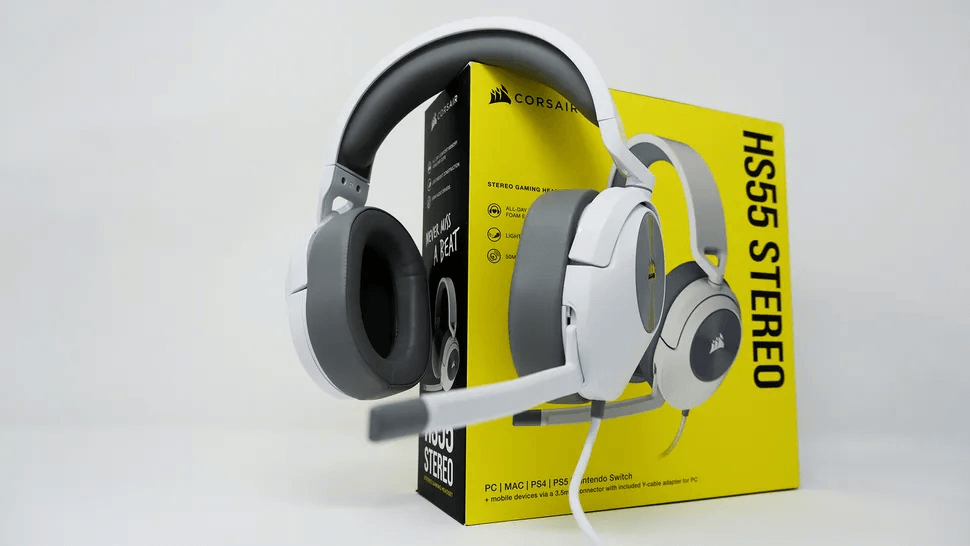The Secret Sauce: Bluetooth Technology
Ever heard of Bluetooth? No, not the dental condition, but the wireless technology that connects your headphones to your phone or computer. It’s like a digital handshake between devices, allowing them to chat without annoying cables.
The Pairing Dance:
When you pair your headphones with your device, they exchange secret codes to ensure a secure connection. It’s like setting up a secret clubhouse where only your headphones and device are allowed to hang out.
Sending Sound Signals:
Once they’re paired up, your device sends digital versions of your music or podcasts to your headphones through the airwaves. It’s like whispering the lyrics of your favorite song across the room, and your headphones catch every word.
Inside the Headphone Hood
Ever wondered what’s going on inside those sleek headphone cups? Here’s the lowdown on the key players:
The Receiver:
Think of the receiver as the ears of your headphones. It listens for the digital sound signals sent by your device and translates them into music that your ears can understand.
The Battery:
Every magical device needs power, and wireless headphones are no exception. They come with tiny batteries that keep them juiced up and ready to rock out for hours on end.
The Antenna:
The antenna is like the nose of your headphones, sniffing out those Bluetooth signals with precision. It helps your headphones stay connected to your device, even if it’s tucked away in your pocket or bag.
The Audio Drivers:
These drivers play an important role, turning those digital signals into sweet, sweet music. They’re the ones responsible for making your favorite songs sound as awesome as they do.
Different Flavors of Wireless Headphones
Just like ice cream, wireless headphones come in all sorts of flavors. Here are a few popular ones:
Bluetooth Headphones:
These are the most common type of wireless headphones, pairing effortlessly with your smartphone, tablet, or computer. They’re like the Swiss Army knives of the headphone world—versatile and reliable.
RF (Radio Frequency) Headphones:
RF headphones are like the long-distance runners of the headphone world. They use radio waves to transmit sound, giving them a longer range than Bluetooth headphones.
IR (Infrared) Headphones:
IR headphones are a bit like unicorns—magical but rare. They use infrared light to transmit sound, offering crystal-clear audio quality but requiring a direct line of sight between the transmitter and the headphones.
Challenges and Hiccups
As magical as wireless headphones are, they’re not without their quirks:
Latency Limbo:
Ever noticed a slight delay between the video you’re watching and the sound coming through your headphones? That’s called latency, and it can be a buzzkill, especially for gamers and movie buffs.
Battery Blues:
Wireless headphones rely on batteries to keep the music playing, which means they need to be recharged regularly. For some folks, that’s just one more thing to remember in their busy lives.
Interference Intruders:
Sometimes, your headphones might pick up unwanted signals from other electronic devices nearby. It’s like trying to have a conversation at a noisy party—annoying and disruptive.
What's Next on the Playlist?
Despite their quirks, wireless headphones are only getting better with time. From longer battery life to improved sound quality, the future looks bright for headphone aficionados everywhere.
Wireless headphones are like little pockets of magic, bringing your favorite tunes to life without the hassle of tangled wires. So the next time you slip on your headphones and lose yourself in the music, take a moment to appreciate the marvel of technology that’s making it all possible.

